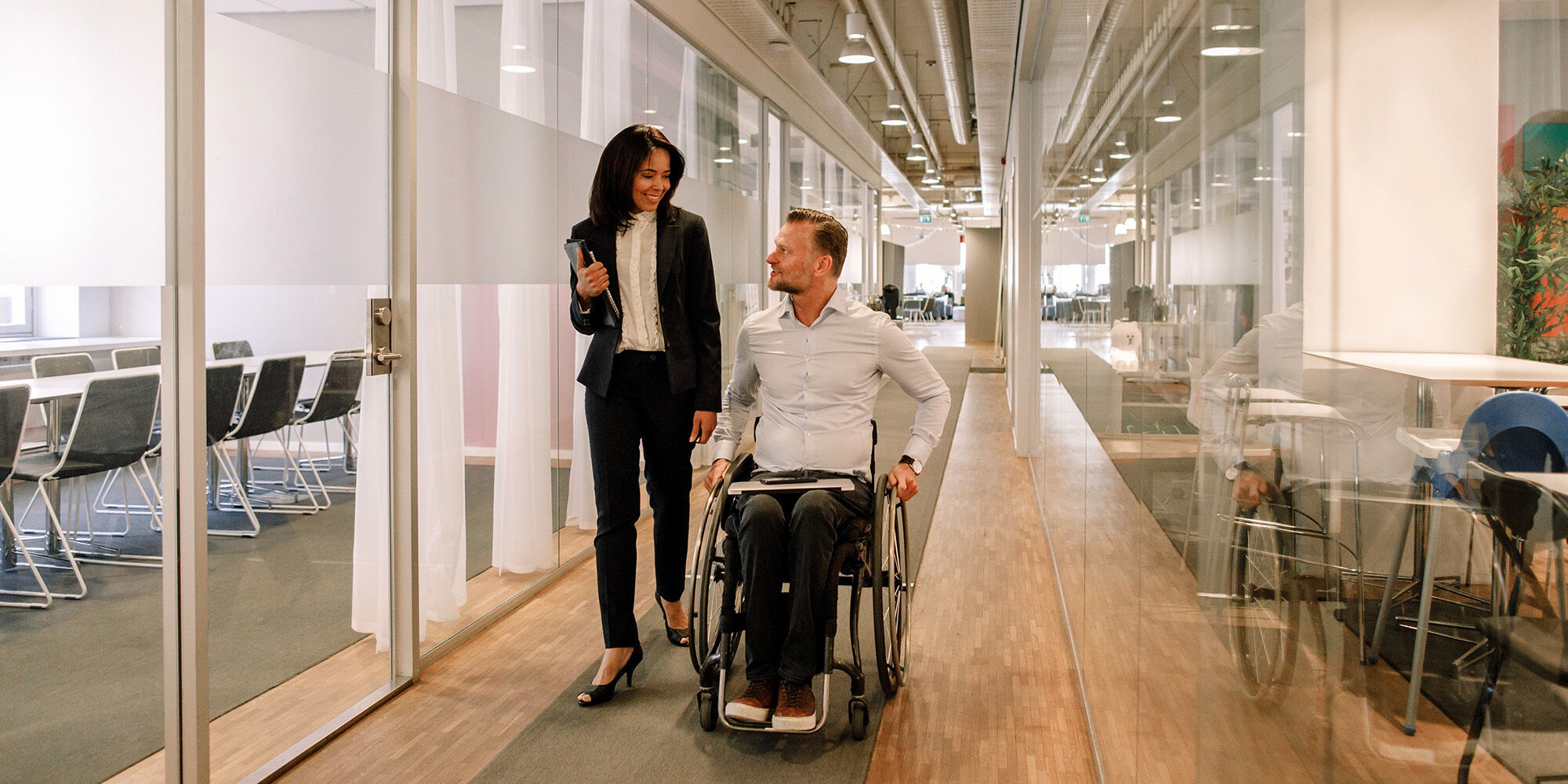When employees who are permanently disabled following a workplace injury can no longer work in the careers they once had, but they are eager to return normalcy to their lives, return to work programs often are the answer.
Broadspire’s Return to Work services and Worker on Loan program enable workers who had been injured on the job to re-enter the workforce. While the new jobs are not in their original fields, they often provide financial stability, professional purpose and personal reward the workers seek.
Speed often is of the essence. Statistics prove that prolonged absence from the workplace may only increase the chances the worker may never return at all. Data shows that three months after a disabling injury, the likelihood of a worker ever returning to work is around 90%. That probability drops to 32% at one year and even lower to 5% at two years.
Whether stemming from the initial trauma or continued separation from the workplace and coworkers, the failure to return to work often can lead to feelings of isolation, depression, and anxiety. This can further exacerbate the physical illness or hinder the healing process.
Several Broadspire programs help retrain and place disabled workers into meaningful jobs.
Broadspire Worker on Loan program
This effort incrementally reengages workers during their recovery by matching them with light-duty work assignments at local charities. A return-to-work coordinator reviews the injured worker’s case and finds transitional duties at a volunteer or nonprofit.
Broadspire Return to Work program
In this initiative, Return to Work and vocational case management services partner with in-house vocational counselors and workforce development boards, mental and physical healthcare providers, employers and their various employer assistance programs (EAP). The effort seeks to help returning-to-work employee workers find suitable and fulfilling, paid employment.
With all return-to-work efforts, Broadspire vocational professionals perform skills and transferable skills analyses to determine work most suited to the injured worker.
Counselors also work to determine their psychological needs. A biopsychosocial model of inquiry focuses on the whole person. Counselors ask about the injury and their ongoing recovery, as well as the worker’s household and family life, income needs or social setting.
Risk assessments help the counselor and care managers measure specific factors affecting the injured worker, such as depression, isolation, pain, and/or fear. This holistic impression reveals the biological, psychological and socio-economic factors impacting their recovery, and what may help hasten their return to normalcy.
State-by-State Guidelines
Unlike medical claims or case management, vocational rehabilitation falls under each of the 50 state’s individual guidelines. In a non-vocational or “non-voc” state, once an injured worker has been deemed to have achieved maximum medical improvement and the employer still can’t take them back, their case goes to the claims side. They might get a financial settlement, and maybe some training. But returning to work isn’t guaranteed.
Some states provide more holistic and ongoing vocational services with state-paid, all-inclusive services. With some states, these benefits “travel” with the worker if they move outside the state, including to a state that might not offer vocational rehabilitation.
In Washington state, for example, the state will help pay up to $19802.63 for training to transition the worker into a different line of work if they can no longer perform the job in which they first were injured. Counselors perform job and transferable skills analyses to assess the worker’s background and any physical or other restrictions. If they qualify, they can receive the training/retraining funds.
The worker also might qualify for a statutory pension. This “pension for life” is awarded if the worker has lost the use of both legs, both arms, an arm and a leg, or their vision, or if medical and vocational professionals determine that their injury prevents the worker from becoming gainfully employed.
Workers can accept or decline the pension, especially if they find the “retirement” leads to boredom or depression, and they decide they want more out of life and work. Read these case studies: (electrical lineman), (construction worker) (logger) to learn about three disabled workers who received - then declined - statutory pension and found success with Broadspire’s Return to Work program.
If you’d like to learn more about vocational rehabilitation in your state or how your company, organization or state agency can help return more workers to suitable employment, contact Broadspire today. We bring customized, integrated claims solutions and programs that result in lower costs, faster recovery times, and greater satisfaction for everyone involved.
Learn more at Broadspire.com.



